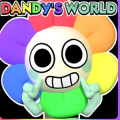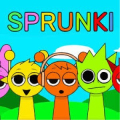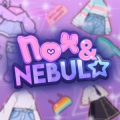Revolutionizing Content Discovery: YouTube's Innovative Color Filter Feature
- 2024-02-05
- 54
In the bustling world of online content, platforms are constantly on the quest to enhance user engagement and deliver personalized experiences. YouTube, a juggernaut in this digital landscape, has always carved the path for innovative features to captivate its audience. Amidst the competition with other entertainment powerhouses, a fresh, color-coded dimension to content browsing has surfaced, aiming to refine how users interact with and select their viewing content.
The realm of content recommendation systems is an ever-evolving one, with each platform striving to outdo the others. YouTube's recommendation algorithms have long relied on user preferences gleaned from their watch and search histories. By tracking these interactions, YouTube has effectively kept viewers glued to their screens, offering tailored video suggestions designed to maximize viewing time and, consequently, advertising opportunities. This seemingly insatiable need to refine content curation has led to the platform's latest creative endeavor—a color filter feature within the recommendation system.
Users have reported encountering an intriguing new way to sift through recommended videos, governed by the primary colors red, green, and blue. This filter, demonstrated as a colorful prompt, aligns neatly with the aesthetic of other recommendation filters. It's not just a random addition but a precise decision likely influenced by the strength of visual appeal on human psychology. Content creators with distinct visual branding could potentially benefit from this, making their videos more recognizable and findable based on associated color themes.
Despite these perceivable advantages, this change has sparked conversations about its implications beyond surface-level categorization. The filtration by color does not appear to directly connect with the emotional or thematic layer one would anticipate. Instead, YouTube may be delving deeper into understanding user behavior and preferences on a more subconscious level. As it stands, color psychology plays a significant role in marketing and consumer behavior. The data gleaned from such a feature could, therefore, be a goldmine for advertisers looking to tailor their campaigns to subliminally influence and attract specific consumer groups.
YouTube's introduction of the color filter is a testament to the platform's commitment to content personalization and innovation. While its practical usefulness to the average user may be up for debate, the potential ramifications for targeted advertising and brand identity are substantial. This new feature underscores the meticulous attention platforms must pay to the nuances of user behavior and the ever-present pursuit to turn casual viewing into a science of engagement. Whether this color-coordinated categorization will become a mainstay on YouTube is uncertain, but its presence is a clear sign of the company's desire to push the boundaries of video content discovery.






Leave a comment
Your comment is awaiting moderation. We save your draft here
0 Comments